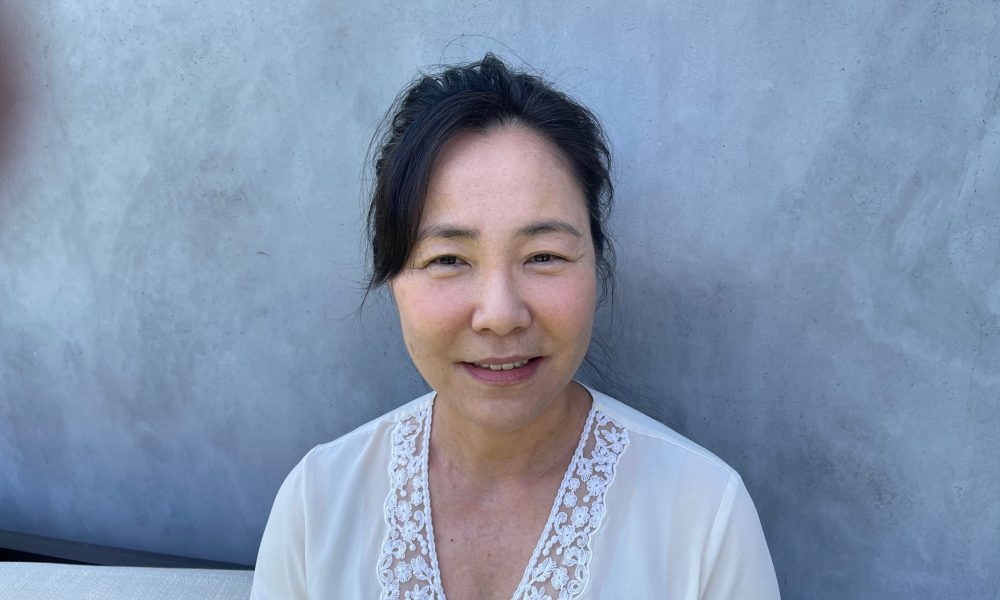

Today we’d like to introduce you to Cassie Yu.
Hi Cassie, can you start by introducing yourself? We’d love to learn more about how you got to where you are today?
I recently moved from Seattle, where I led the Early Onset Psychosis Clinic at the University of Washington, to Los Angeles to apply my clinical skills in serving the city’s vulnerable population. Soon thereafter, my brother was diagnosed with terminal cancer, and I was compelled to find innovative treatments that could offer him a better chance of survival than the standard ones. One of the most interesting discoveries from this research was the application of the magnetic fields for cancer treatment. Delving deeper, I also discovered that the advancement technology of its application to the brain, called Transcranial Magnetic Stimulation or TMS, particularly deep TMS, had surpassed the efficacy of traditional medications in treating depression. Despite the FDA approving TMS for major depression in 2008 with an efficacy of around 33%, the introduction of deep TMS in 2019 showcased a remarkable clinical efficacy of 78%.
This astounding efficacy alone motivated me to integrate deep TMS into my practice for patients suffering from depression. Furthermore, I learned that California was poised to become one of only eight states in the country allowing state Medicaid to cover TMS treatments. This pivotal information played a crucial role in shaping the vision for our clinic. Over the past 30 years, treatment-resistant depression (TRD) has remained a global health challenge, causing the greatest morbidity without any improvement.
In California, over 66% of patients suffering from TRD are insured by Medi-Cal. Considering the limited effectiveness of existing treatment options for Medicaid-covered individuals with TRD, it’s unsurprising that many of these patients experience a loss of agency, often resulting in detrimental outcomes such as homelessness and substance use disorder. By introducing dTMS as a viable treatment for Medi-Cal patients dealing with TRD, we were optimistic about making substantial strides in assisting the most underserved individuals.
Regrettably, we have encountered delays in securing the essential contracts with local administrators needed to work with Medi-Cal, hindering our ability to treat these patients. Consequently, we chose to initiate our clinic at the beginning of this year, focusing on patients with private insurance coverage for dTMS. This approach allowed us to garner valuable experience and establish a commendable track record. To date, our distinctive treatment protocols have yielded clinical remission rates exceeding 92%. Our aspiration is to extend this remarkable level of success to Medi-Cal patients once LA County initiates the solicitation for new mental health contracts.
Would you say it’s been a smooth road, and if not what are some of the biggest challenges you’ve faced along the way?
One of our biggest challenges is letting people know just how well deep TMS works. Many who struggle with severe depression or anxiety don’t know about this treatment, which can really change lives. We’re working hard to spread the word, telling real stories of people who’ve found relief after trying so many other treatments without success. Our aim is simple: to give hope and information to those who feel they’ve run out of options.
Another challenge we face is explaining how deep TMS is different — and often better — than other treatments people might have heard of. There’s so much media coverage about the mental health crisis, but a lot of it seems to be about the hype – like Ketamine – and not on informing people about effective treatments. Also, TMS isn’t a standard treatment like medication, so people may not understand what magnetic stimulation is or that it’s non-invasive. It’s not like the electric shock therapy or wearing magnets on your wrists. We’re always trying to find the best ways to explain these differences so that people understand why deep TMS might be the right choice for them.
We also need to show how we work with patients throughout their healing journey. Starting with getting a deep understanding of their symptoms, conditions, and background during the initial consultation, to monitoring their progress during treatment, and following up afterwards, we are with our patients every step of the way. We don’t just use deep TMS; we really care about the whole patient as they progress. We’re all about kindness, staying up-to-date with the latest methods, and making sure everyone feels taken care of. We want to stand out by how we treat each person who comes to us, not just with our technology but with our comprehensive approach to helping them heal.
Our last big challenge is getting the okay from the Los Angeles Department of Mental Health to use deep TMS for patients on Medi-Cal. This isn’t just about jumping through hoops. It’s about making sure that people who can’t afford certain types of healthcare still get access to this effective treatment. We’re working through the process because we believe everyone deserves the chance to get better, no matter their financial situation.
Thanks – so what else should our readers know about the Center for Community Brain Health?
We prioritize delving into each patient’s life story during the initial evaluation, a comprehensive process that typically spans about three hours. Leveraging my dual-board certification in both child and adult psychiatry, we begin understanding our patients from the very beginning of their lives. Once we’ve grasped their life narrative, the discussion on treatment begins, encompassing therapeutic approaches, medications, and the incorporation of dTMS into our philosophy.
Our treatment ethos revolves around optimizing patients’ brain health, with dTMS playing a pivotal role in restoring cellular activity in the brain. This approach not only enhances the efficacy of our treatments but also allows us to streamline medication choices, avoiding the use of medications with pronounced side effects, such as antipsychotics. Consequently, we take pride in our clinical outcomes, showcasing significant improvements in various aspects of our patients’ lives. Some notable highlights include:
-
96% full remission of depression: Measured through clinical rating scales and self-report.
-
100% remission of insomnia: Ensuring a minimum of 7-8 hours of nightly sleep and an improved quality of sleep.
-
Increased adaptive activities: Individually defined milestones, such as reconnecting with friends and family, and improvements in overall health, such as better glucose control, decreased cholesterol, and reduced asthma flares.
-
Decreased maladaptive activities: Substantial reductions or cessation of addictive behaviors, including binge eating, self-imposed isolation, and the use of substances like caffeine, alcohol, and cigarettes.
-
Increased cognitive and physical energy: Empowering patients to engage in adaptive behaviors such as increased exercise or tackling those previously procrastinated tasks.
What makes you happy?
What really makes me happy in my work is seeing the real change in my patients. When they first come to me, they’re often at a low point — feeling hopeless and full of doubt. It’s a big part of my job to look them in the eye and assure them that things can get better.
The most rewarding part is watching this change happen. It’s not just about the symptoms of depression fading away, though that’s a big part of it. It’s about seeing the person they really are start to come back. When someone who’s been withdrawn and unhappy for a long time starts to engage with life again, it’s a clear sign that the treatment is working.
This change doesn’t happen overnight. It’s a process, and it’s one we go through together. Seeing someone gain confidence, start smiling again, and rediscover their interest in life — that’s what keeps me going. It’s not just about the medical side of things; it’s about helping them find their way back to themselves.
For me, the greatest satisfaction comes from knowing I’ve helped someone turn their life around. Every patient is different, and every success story is unique. But the common thread is that moment when they realize they’ve got their life back. That’s what makes everything worthwhile
Contact Info:
- Website: https://communitybrainhealth.com/
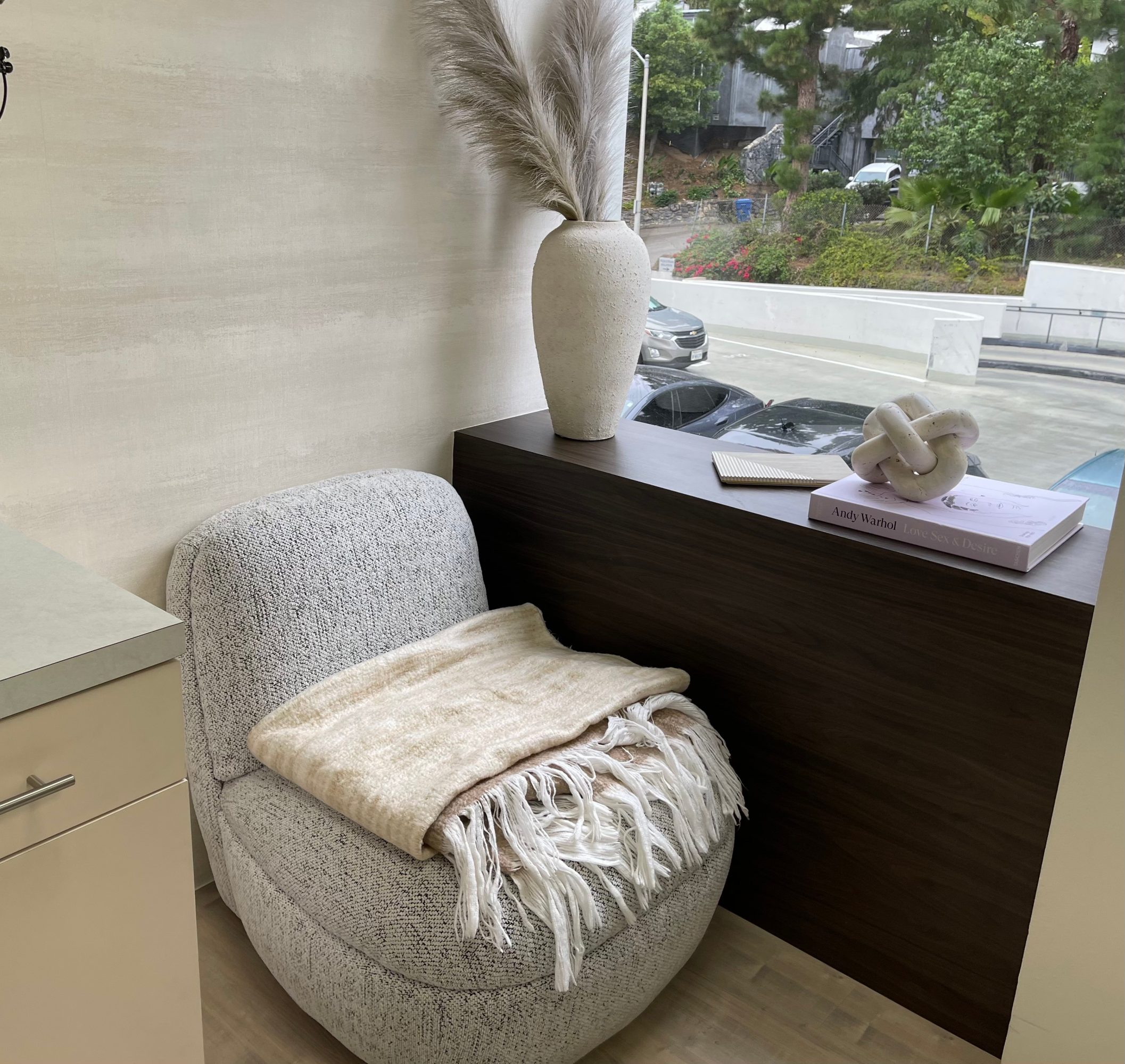
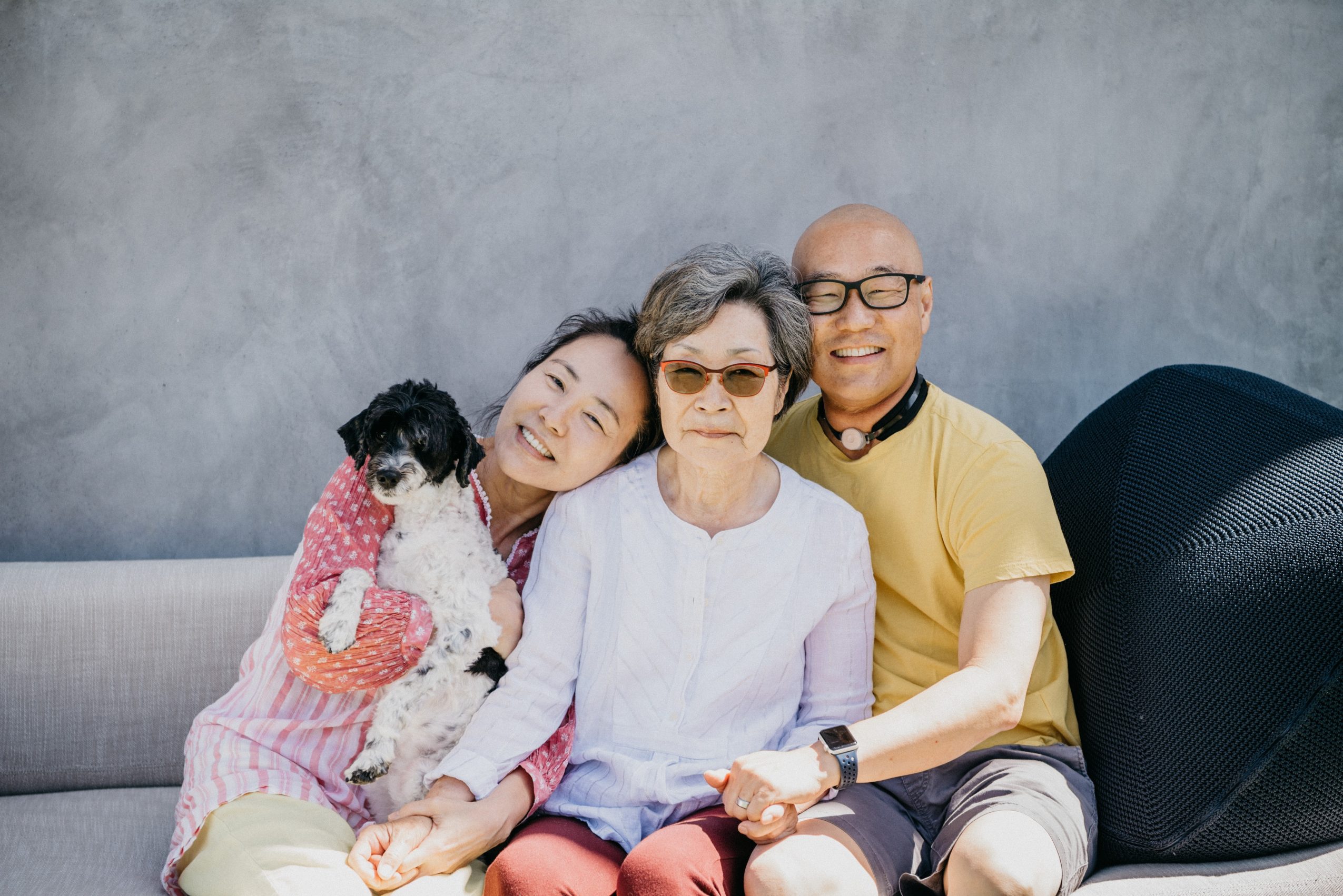
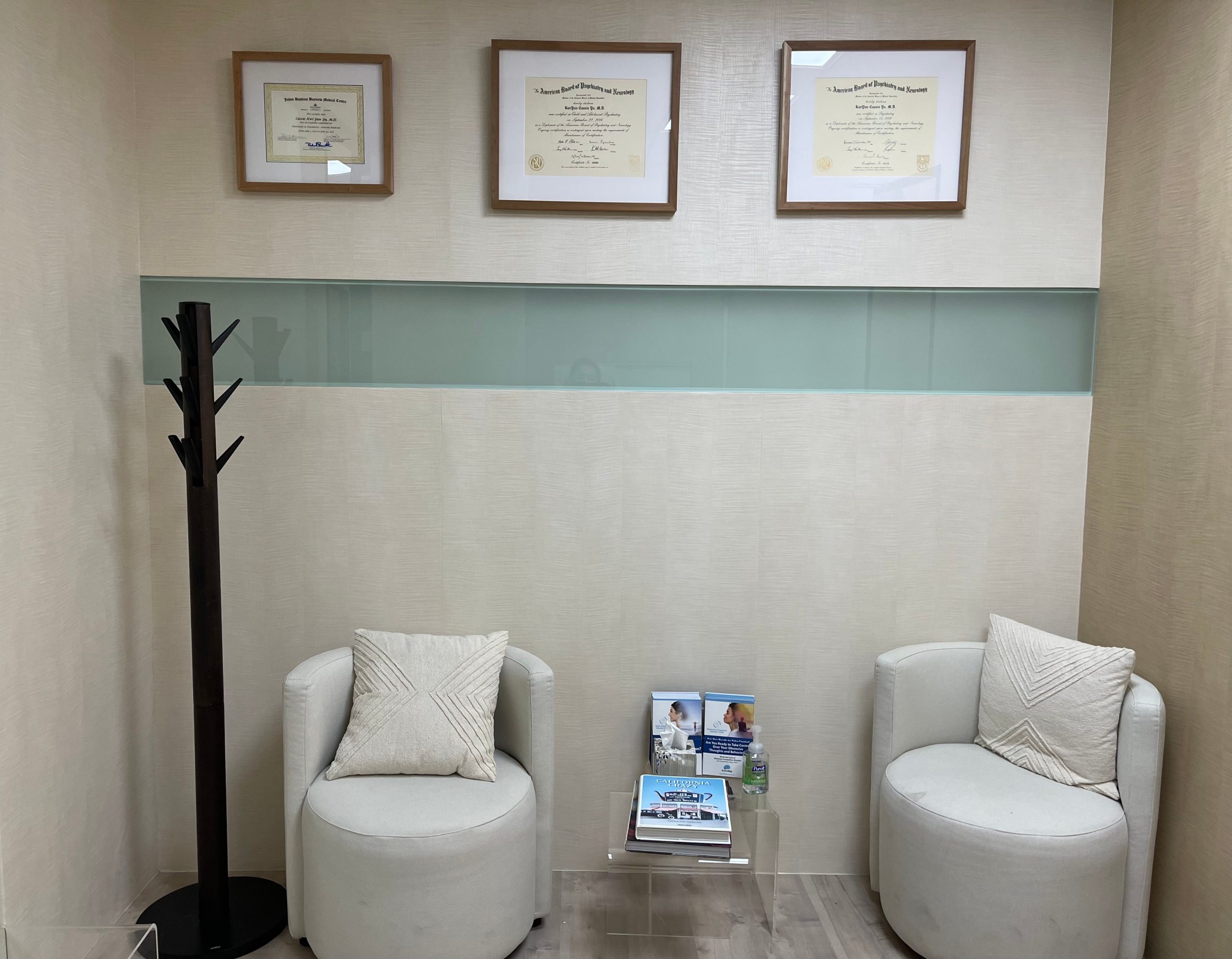
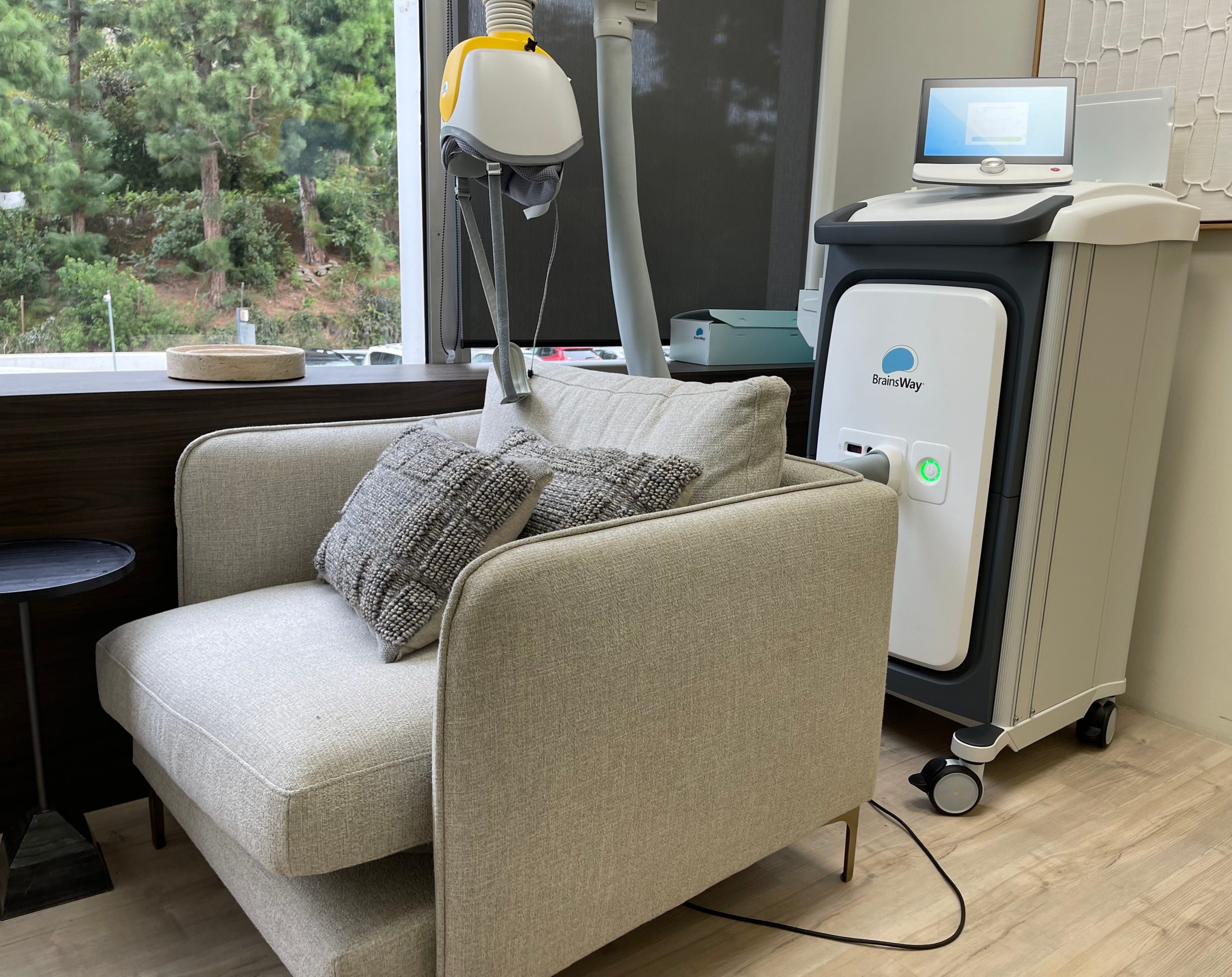
Image Credit:
https://www.blue22photography.com/














